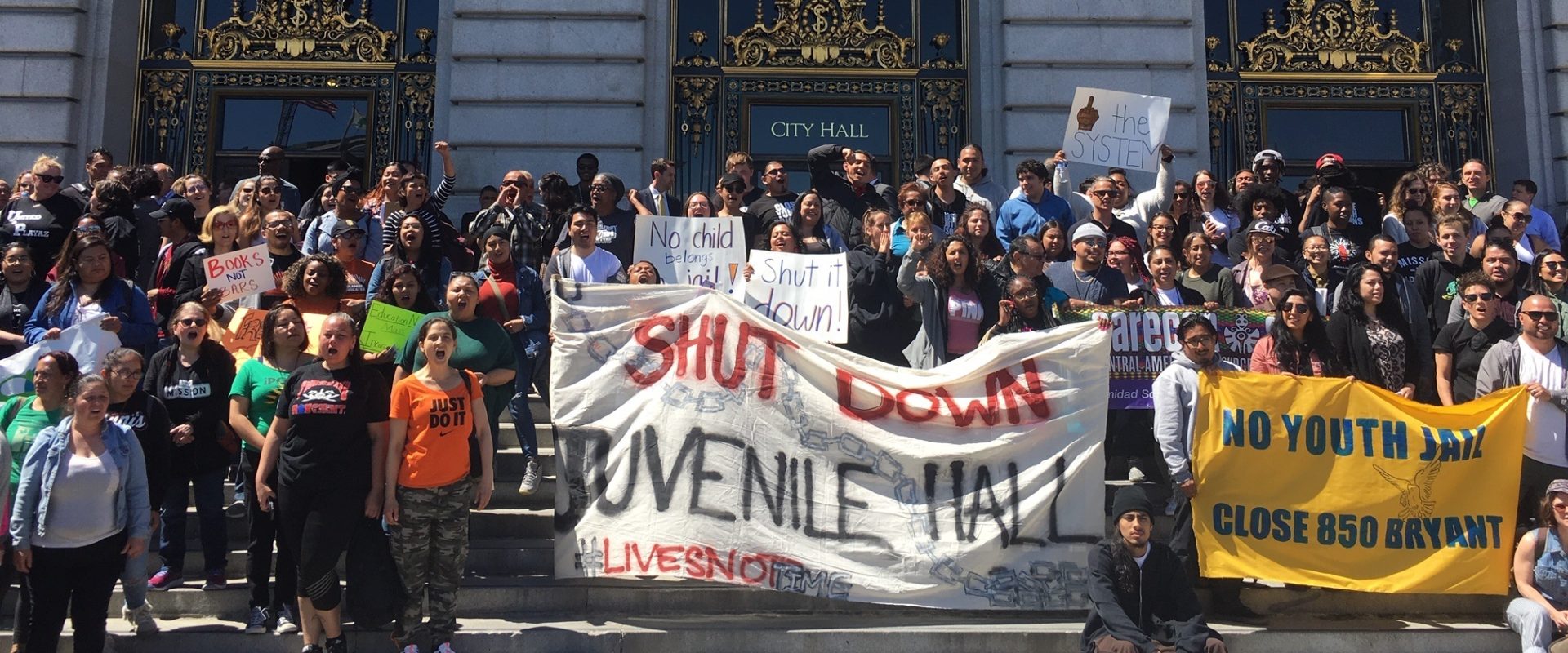Despite declining crime rates, incarceration rates are at an all time high in the United States with 2 million adults in prison, including 150,000 in California institutions. The number of people in private prisons has increased more rapidly than the rate of people sentenced to state and federal facilities. The reason behind this growth is due to the direct link between the private prison industry, monopolized by the GEO group and the Corrections Corporation of America (CCA), and The American…
Blog Aug 9, 2011
Farrell Update: Motion Granted
Last week, in response to the July 7th Farrell hearing , Judge Tigar enforced the Prison Law Office’s (representing Farrell ) motion to hold California’s state-run juvenile correctional facilities (DJF) accountable, specifically for unmet educational and programmatic requirements. DJF remains in violation of a 2005 court order to meet the 4‑hour minimum requirement per youth per day for educational programming. In July 2011, DJF said they needed at least 90 days to hire adequate staff to…
While a large majority of American cities have juvenile curfews on their books, cities elsewhere in the world apply curfews only to serious offenders, not to youths committing no crime other than being young and in public. Americans seem eager to admit what should been deeply shameful: that we grownups have created urban areas so dangerous, and we are so frightened of our young people, that federal proposals for daytime and nighttime curfews would banish youths from being in public all but a…
Blog Aug 4, 2011
Counties begin the daunting task of realignment
As the October 1st deadline edges closer, California’s counties have started formulating their plans for how they will manage the new population of at the local level. Assembly Bill 109 defines the realignment, which was prompted by the May 2011 Supreme Court decision to reduce prison overcrowding in California. For information on the practical application of AB 109, read Emily Luhrs’ blog, Myths vs. Facts — Clearing up the realignment debate . The most significant change the bill…
Blog Aug 2, 2011
Conditions in California’s SHU
On July 1, 2011, eleven inmates in the Pelican Bay State Prison Security Housing Unit (SHU) began a hunger strike to protest the egregious conditions of their confinement. In particular, they objected to the lack of adequate food or programming and the lack of justification for indefinite SHU confinement. They demanded that CDCR comply with the US Commission on Safety and Abuse in America’s Prisons 2006 recommendations, and provide conditions comparable to that of solitary confinement units…
